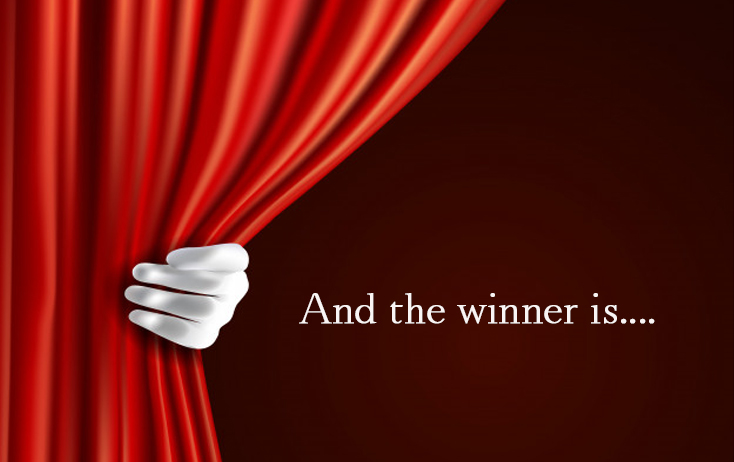
 Penguin Random House Young Readers Group Award. (Maureen) Hayes Author/Illustrator Visit Award. Baker and Taylor Summer Reading Program Grant. Excellence in Early Learning Digital Media. Children's Literature Legacy Award Terms & Criteria. Children's Literature Legacy Award Recipients. Children's Literature Legacy Award Committee Members. About the Children's Literature Legacy Award. Children's Literature Legacy Award (CLLA). Continuing Education Proposals and Submissions. Equity, Diversity, and Inclusion Statement. Siwanowicz began photographing about 10 years ago, and has a much larger collection of similar images - which you won't regret checking out. magnified the plant 100 times using a laser scanning confocal microscope and used cellulose-binding fluorescent dye Calcofluor White to visualize the cell walls of the plant." According to press-release jargon, "Igor Siwanowicz, a neurobiologist at the Howard Hughes Medical Institute's Janelia Farm Research Campus.
Penguin Random House Young Readers Group Award. (Maureen) Hayes Author/Illustrator Visit Award. Baker and Taylor Summer Reading Program Grant. Excellence in Early Learning Digital Media. Children's Literature Legacy Award Terms & Criteria. Children's Literature Legacy Award Recipients. Children's Literature Legacy Award Committee Members. About the Children's Literature Legacy Award. Children's Literature Legacy Award (CLLA). Continuing Education Proposals and Submissions. Equity, Diversity, and Inclusion Statement. Siwanowicz began photographing about 10 years ago, and has a much larger collection of similar images - which you won't regret checking out. magnified the plant 100 times using a laser scanning confocal microscope and used cellulose-binding fluorescent dye Calcofluor White to visualize the cell walls of the plant." According to press-release jargon, "Igor Siwanowicz, a neurobiologist at the Howard Hughes Medical Institute's Janelia Farm Research Campus. 
Speaking of technical, the process is interesting. ( Earnest bladderwort explainer video.)Ĥ.

It's a flowering plant that grows in ponds and lakes all over the world. It's called a humped bladderwort, or Utricularia gibba if you wanna get technical. What's actually happening in the image is also neat: Apparently this is like a microscopic aquatic version of a Venus' flytrap - it sucks little microinvertebrates into its trap a millisecond after they trigger its hairs.ģ.

We get a lot of press releases about photo contests, but this winning image from the Olympus BioScapes Imaging Competition (which I didn't even know existed) stood out for a few reasons:Ģ. Those spiky discs are friendly algae that hitch a ride inside. An image taken with a microscope shows a cross section of the trap of a humped bladderwort ( Utricularia gibba).








 0 kommentar(er)
0 kommentar(er)
